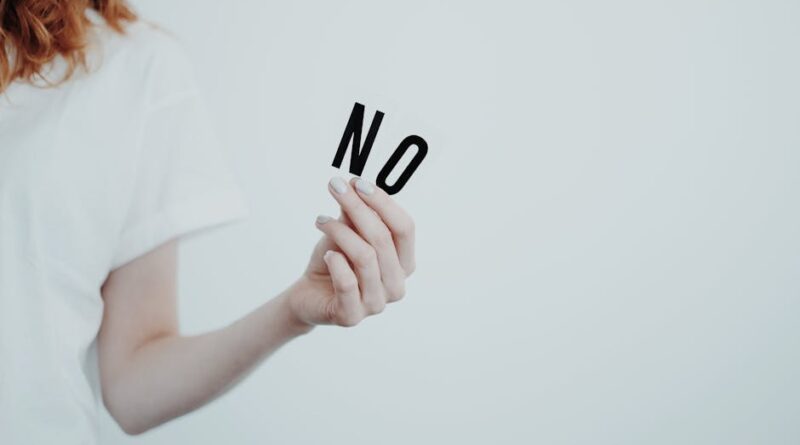How to Use Negative Space in Edits
Have you ever looked at a photo and thought, Wow, that’s striking!? Often, it’s not just the subject that captivates you. it’s the space around it. This is called negative space, and it plays a vital role in photography and design. Understanding how to use negative space can elevate your edits and make your work stand out.
What is Negative Space?
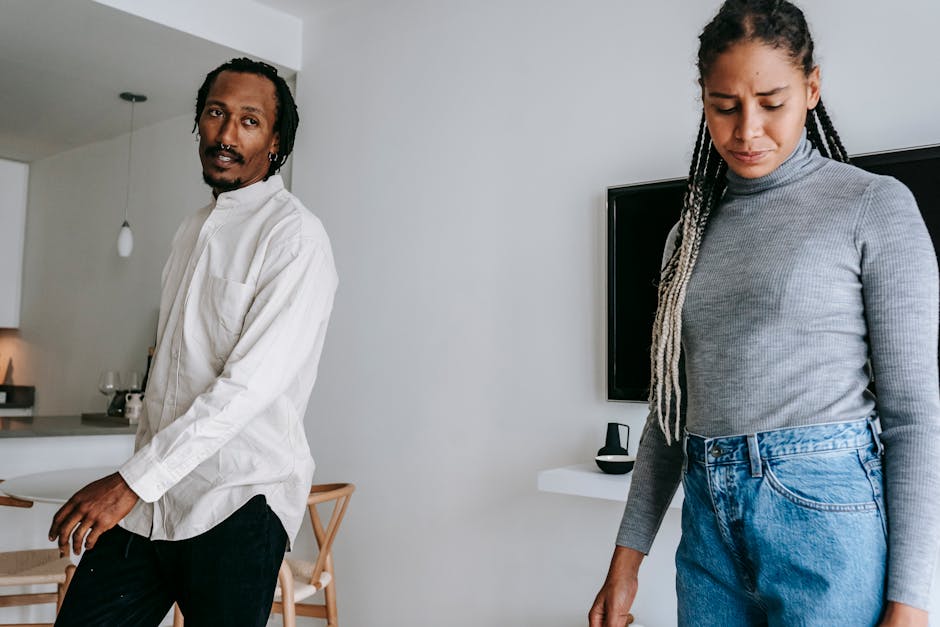
Negative space refers to the area that surrounds the main subject in a photo or design. It’s the empty space that allows the subject to breathe and capture attention. Think of it like a frame around a painting. Without that frame, the painting can feel cramped.
In everyday life, consider a park. If there are wide, open areas around a single tree, that tree pops out more. The open space emphasizes it’s beauty. Similarly, in edits, negative space helps draw the viewer’s eye to the focal point.
Why is Negative Space Important in Edits?
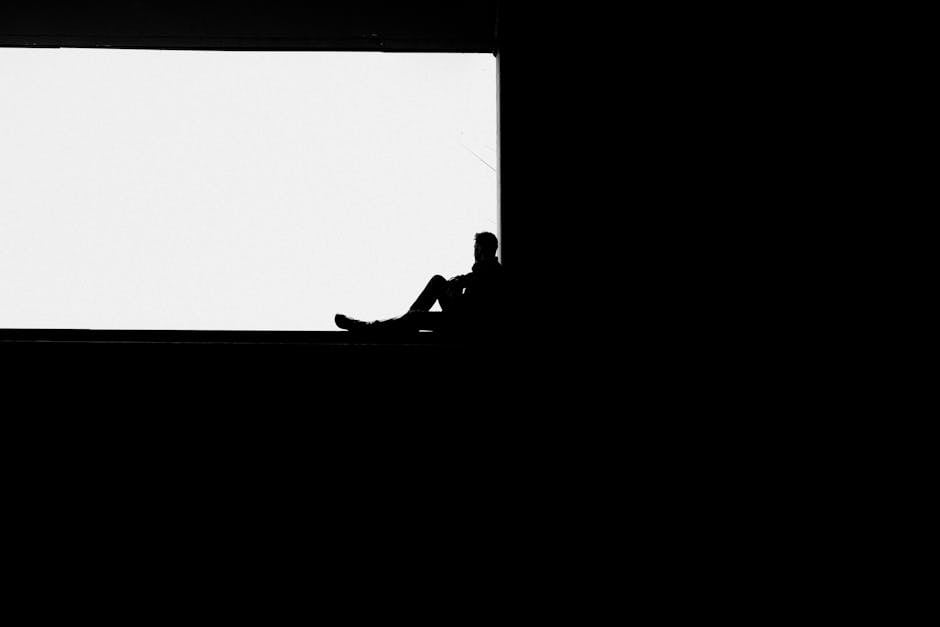
Negative space can significantly impact the viewer’s experience. Here are a few reasons why it matters:
- Creates Balance: Negative space brings harmony to your images. It can make them feel more complete.
- Enhances Focus: It directs the viewer’s gaze to what matters most.
- Strengthens Composition: Strong negative space can make a simple image look professional.
Understanding how to use negative space isn’t just for photographers. Designers, illustrators, and even marketers can benefit from this powerful tool.
How Can I Identify Negative Space?
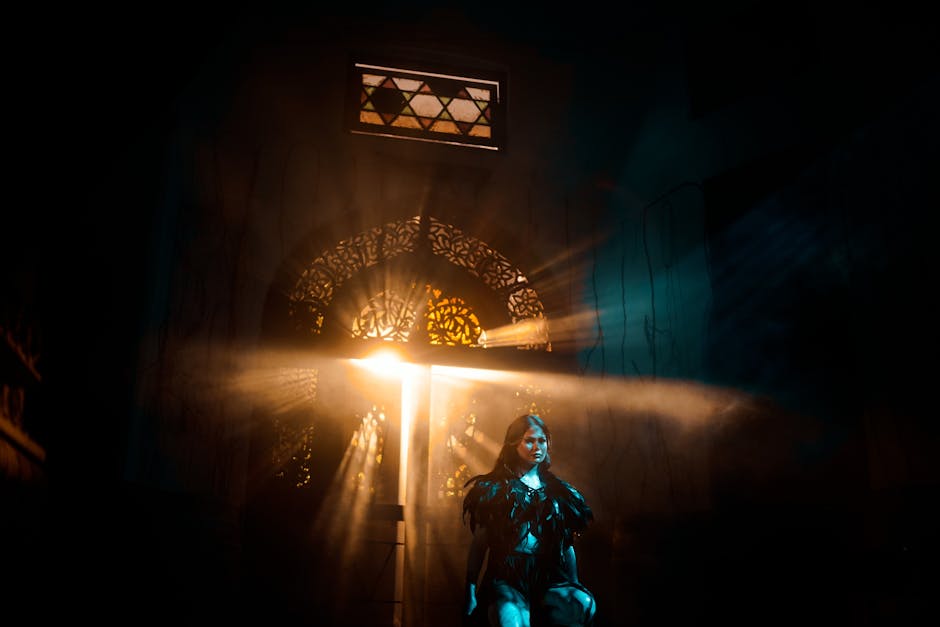
Identifying negative space starts with observation. Look at your photos or designs and ask yourself: where is the empty space? Here are some tips:
- Look for Patterns: Sometimes, negative space forms interesting shapes and patterns. Notice how these shapes interact with your main subject.
- Take a Step Back: Physically stepping back can help you see the overall layout. This distance often reveals how negative space plays a role.
- Use Editing Tools: Many photo editing apps allow you to highlight or isolate negative space. Use them to explore how the space around your subject affects the image.
How Do I Use Negative Space in My Edits?
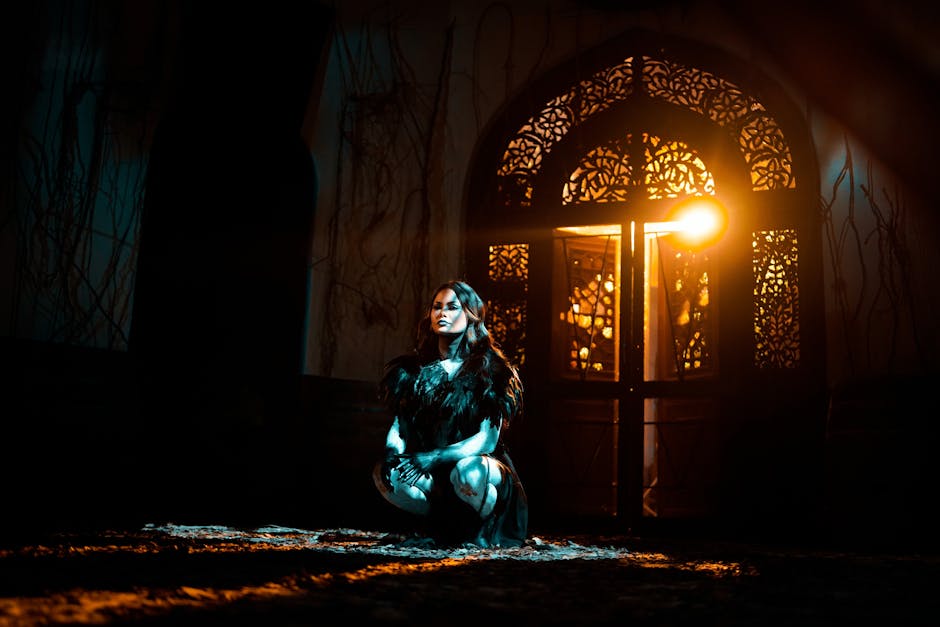
Now that you know what negative space is, lets discuss how to use it effectively in your edits. Here are some practical strategies:
1. Simplify Your Composition
Simplicity is key when using negative space. Remove distractions that take away from your subject. This could mean cropping out unneeded elements or choosing a plain background.
For example, if you’re editing a photo of a person in a busy park, consider making the background blurry. This way, the focus remains on the person.
2. Frame Your Subject
Use negative space to frame your subject. This could be done through natural elements like trees or buildings. By positioning your subject within these frames, you create a compelling visual narrative.
Imagine a beautiful sunset where the sky takes up most of the image. The sun, the focal point, shines brightly against the vast openness of the sky. This emphasizes it’s beauty.
3. Experiment with Contrast
High contrast between your subject and negative space can create drama. A dark subject against a light background (or vice versa) draws attention.
For instance, a silhouette of a person against a bright, expansive sky showcases both the subject and the space around it.
4. Tell a Story with Space
Negative space can convey emotions and narratives. A wide-open area around a person can evoke feelings of loneliness, while a close, crowded space might suggest intimacy.
Consider a photo of someone standing alone on a beach. The vast ocean and sky around them can evoke feelings of solitude or reflection.
What Are Common Mistakes to Avoid?
While negative space can enhance your edits, there are pitfalls to watch out for:
- Overcrowding: Don’t fill the frame with too many elements. This defeats the purpose of negative space.
- Too Much Space: While negative space is valuable, too much can leave the viewer confused. Aim for balance.
- Ignoring the Subject: Remember, negative space should complement your subject, not overshadow it.
How Can I Practice Using Negative Space?
Like any skill, mastering negative space takes practice. Here are a few exercises to help you improve:
- Take a Walk: Go for a walk and take photos of scenes that catch your eye. Focus on how the space around your subject influences the image.
- Edit Existing Photos: Revisit your past photos. Try editing them to include more negative space. You might be surprised by the results!
- Study the Masters: Look at works by famous photographers and artists. How do they use negative space? What can you learn from them?
Can Negative Space Be Used in Other Forms of Art?
Absolutely! Negative space isn’t just for photography. Artists in various fields use it too:
- Graphic Design: Designers use negative space to create logos and layouts. A well-designed logo often relies on the relationship between the shapes and the space around them.
- Painting: Many painters use negative space to enhance their subjects and create depth.
- Writing: Writers can use negative space in storytelling. The unsaid words and silence in dialogue can enhance the emotional weight of a scene.
Negative space is a tool that transcends mediums. Whether you’re taking a photo, designing a flyer, or painting a canvas, understanding this concept can deepen your art.
what’s Next?
Now that you know how to use negative space in your edits, it’s time to get creative. Start experimenting with your photos and designs. Youll likely find that the more you practice, the more natural it becomes.
Consider this: The less you have, the more you can see. This quote captures the essence of negative space perfectly. Embrace simplicity, and let your subjects shine!
For more tips on photography and editing, check out our piece on Photography Tips for Beginners.
Are you ready to elevate your edits? Go out and find that negative space!
